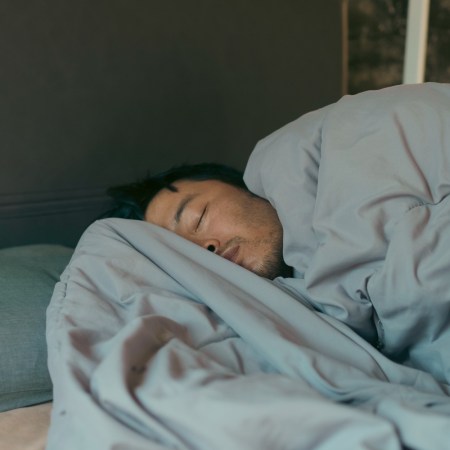This week, 53 wrestlers filed a class action lawsuit against World Wrestling Entertainment over brain damage suffered in the ring.
If you’ve so much as picked up a sports page in the last three years, you’re probably aware of a condition called CTE (chronic traumatic encephalopathy) that results from repeated trauma to the head — a variety of trauma that is near ubiquitous in contact sports. Symptoms include memory loss, dementia, aggression, depression and suicide.
As the 2015 movie Concussion documents, the NFL actively concealed the brain-wrecking disease for years in favor of corporate gain; one study found that over 90% of former NFL players had CTE.
Now it’s professional wrestling’s turn for an interrogation.
The plaintiffs claim the WWE:
1. Assigns “very specific [brain-traumatizing wrestling] moves that are scripted, controlled, directed and choreographed”
2. “Fraudulently misrepresent[s] and conceal[s] health hazards to wrestlers”
And 3. Offers “inconsistent and misleading positions about the nature of CTE and its relationship to head trauma in wrestling”
Wrestling’s most famous CTE victim, Chris Benoit, murdered his wife and seven-year-old son before hanging himself in 2007. When that happened, many fans wondered if Mike Awesome’s suicide by hanging from earlier that year was also the result of brain damage. Later, in 2009, Andrew “Test” Martin was found dead from an overdose.
But these deaths hardly chip the iceberg.
In fact, there’s an entire website, deadwrestler.net, that documents the lengthy history of professional wrestling’s fallen soldiers. While many of the deaths are attributable to heart failure and accidental overdose, it is entirely plausible that those afflictions could have resulted from self-medication aimed at coping with the repercussions of CTE.
Professional wrestling’s status as a form of rehearsed entertainment — versus, y’know, an actual sport — has in the past exempted it from the same kind of rigorous health and medical regulations that other American sports leagues operate under (steroid use is a huge grey area, to use one example). Accordingly, the lawsuit represents a huge step toward not only raising awareness for head trauma, but also bringing greater transparency to the sport’s wellness policies as a whole.
Godspeed, ye’ mighty rope-climbing, head-locking, double-suplexing plaintiffs.
This article was featured in the InsideHook newsletter. Sign up now.























